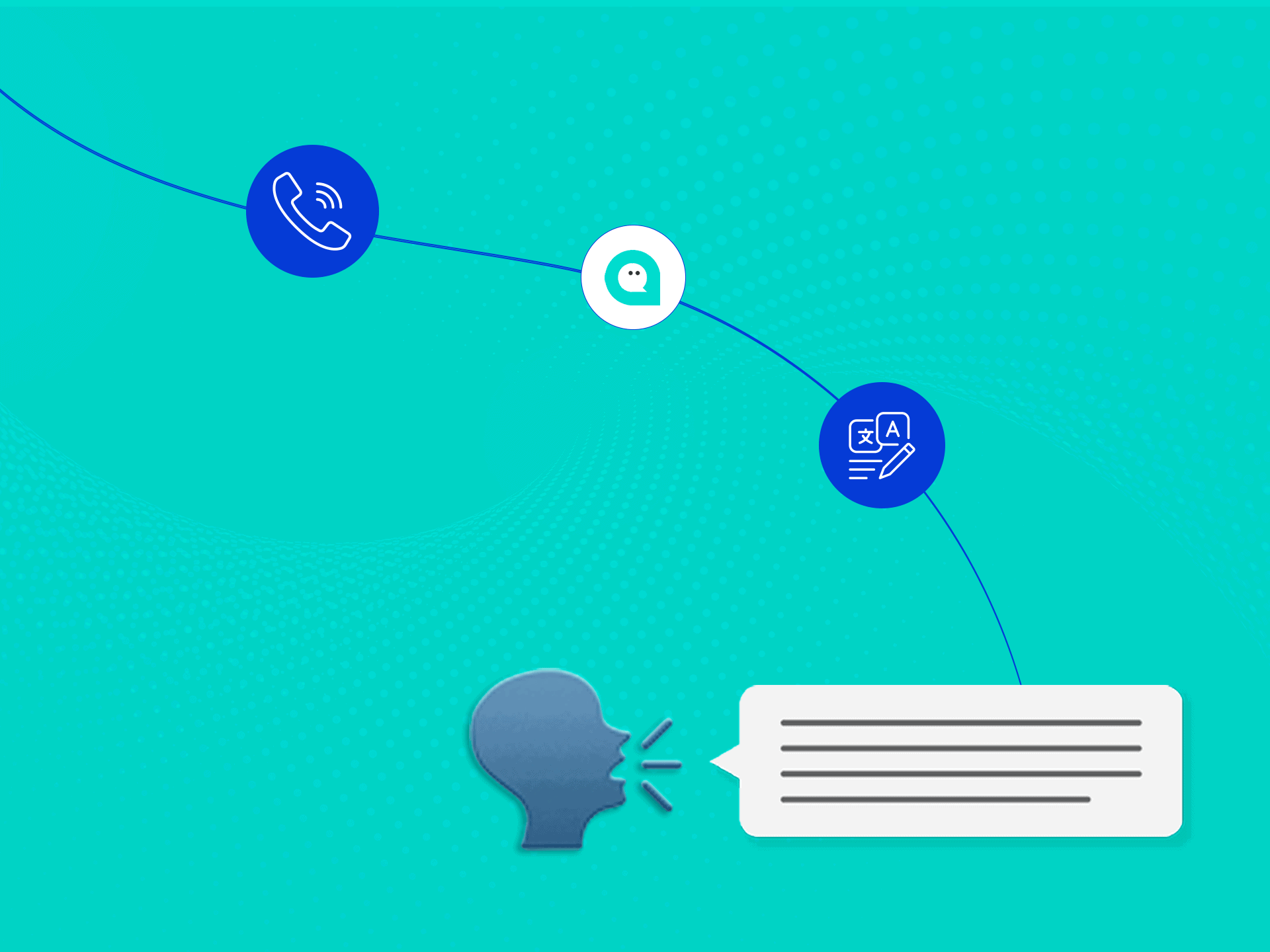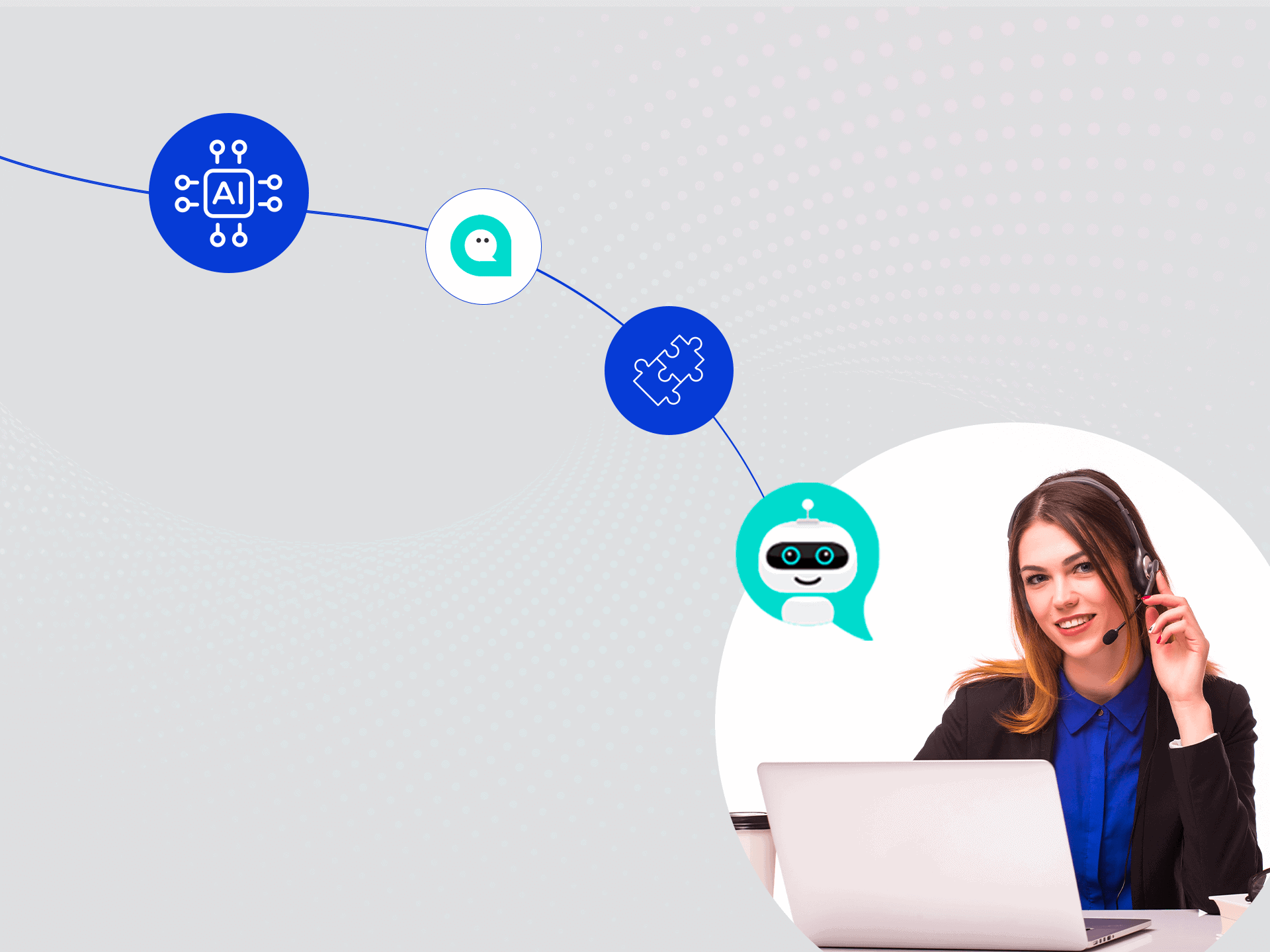The contact center is the main point of contact between a company and its customers. A well-organized and optimized contact center is critical to delivering anexcellent customer experience, building customer loyalty, and protecting the company's brand. Optimizing your contact center means identifying and eliminating all bottlenecks in processes, improving performance and creating value for both the customer and the company.
What does contact center optimization consist of?
A company has direct contact with its users through its customer care services; therefore, it is critical that they be managed as well as possible. Optimizing a contact center therefore means implementing the right strategies and technologies to improve the quality of service provided to customers. This may involve the adoption of new tools, staff training, data analysis, and ongoing evaluation of contact center performance.
Objectives of contact center optimization
The main goal of contact center optimization is to improve the customer experience and increase customer satisfaction. However, there are also other important goals that can be achieved through optimization, including:
- Reduce operational costs: optimization can help reduce operational costs by automating processes, reducing call handling time, and improving staff efficiency.
- Increase productivity: an optimization process can increase staff productivity by providing them with the tools and resources they need to handle calls more efficiently.
- Improve information quality: contact center optimization can improve the quality of information collected from customers, enabling the company to make better, more informed decisions.
- Improve customer loyalty: as a result of all the previous steps, you are more likely to gain customer loyalty by providing customers with a positive and satisfying customer experience.
Strategies for Optimizing the Contact Center
There are several strategies that can be adopted to optimize a contact center and improve the customer experience. These include:
- Process automation: process automation can help reduce call handling time and improve staff efficiency. There are several technologies available for contact center automation, including the IVR (Interactive Voice Response), chatbots, and call management systems.
- Staff training: staff training is essential to ensure that they are able to handle calls effectively and provide a positive customer experience. Training should include handling difficult calls, problem solving and effective communication.
- Data analysis: data analysis can help identify problems and opportunities for improvement in the contact center. There are several metrics that can be tracked, including wait time, resolution time, and customer satisfaction.
- Constant performance evaluation: constant evaluation of the contact center's performance is essential to ensure that it is achieving its goals. Among the available performance evaluation techniques, post-call surveys and analysis of call recordings can be exploited.
Tips for Optimizing the Contact Center
In addition to the strategies described above, there are some tips that can help in the contact center optimization process. These include:
- Provide omnichannel support: customers expect to be able to contact the company through multiple channels, including phone, email and chat. Provide omnichannel support can help improve the customer experience and increase customer satisfaction.
- Reduce waiting time: users do not like to wait on the phone for a long time. Reducing wait times can help improve the customer experience and increase customer satisfaction.
- Personalize the customer experience: a company's customers now expect a personalized and tailored experience. Using customer data to personalize the customer experience can help improve customer satisfaction and loyalty.
- Solve problems on first contact: Ensuring that contact center staff have the skills and resources to solve customer problems on first contact can help improve the customer experience and reduce operational costs.
Definition: Moment of Truth
The "moment of truth" refers to those critical moments in a customer's experience that can affect their perception of and satisfaction with a company, such as first contact, problem resolution, key interactions. Managing these critical moments effectively increases the likelihood of satisfying and retaining customers in the long run.Customer journey and customer satisfaction
Customer satisfaction should be the ultimate goal of any contact center optimization initiative. To do this, it is necessary to have a deep understanding of the customer journey, that is, the overall customer experience. To do so, therefore, certain parameters will have to be taken into consideration and specific KPIs checked periodically so that action can be taken where necessary.
- Analyze the end-to-end customer journey, considering both rational and emotional aspects.
- Identify the "moments of truth", that is, which touchpoints have the greatest impact on customer satisfaction.
- Collect feedback directly from customers through surveys and other tools.
- Regularly measure customer satisfaction (CSAT) as a key KPI and monitor its progress.
- Use the feedback collected to make continuous optimizations to the service provided.
Contact center technology
Making the most of technology is another key aspect of optimizing the contact center. Here are some technological solutions to consider:
- Interactive Voice Response (IVR): allows a portion of incoming calls to be automated, saving operators time.
- CTI - Computer Telephony Integration: integrates telephony and IT systems to provide operators with all relevant information about the calling customer in real time.
- Speech analytics: software capable of analyze audio recordings of calls to extract valuable insights.
- Workforce Management (WFM): optimizes staff activities and workloads based on traffic forecasts and service targets.
- CRM - Customer Relationship Management: centrally manages all customer data and interactions with customers across all channels.
XCALLY and the ways it can help in contact center optimization
With XCALLY, a contact center can streamline processes, reduce costs and offer omnichannel service by leveraging an easy-to-use, intuitive and scalable suite.
Specifically, XCALLY Motion offers a number of advantages:
- Intelligent routing of incoming calls based on operators' skills, availability, and workload. This reduces waiting times and sorts calls in the most efficient way.
- Real-time monitoringof call volumes, handling times and service levels. This data enables optimizing resources and balancing workloads.
- Call recording features to analyze and improve service quality. Possibility of real-time feedback to operators.
- Integration with enterprise CRM to provide operators with all customer information in a single interface. This improves personalization of service.
- Chatbots and automated responses to quickly handle simple, repetitive questions, leaving operators free for more complex cases.
- Virtual queues and callback capability to avoid dropouts on hold. The user can choose when to be called back.
- Advanced reporting on call volumes, handling times, resolution rates, customer satisfaction and other key metrics.
- Integration with other channels such as email, chat, social media for an omnichannel view of customer service.
- Automation of repetitive tasks such as welcome calls, reminders, surveys.





